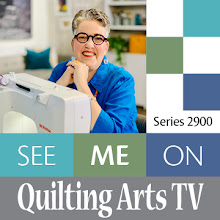The ultimate weakness of violence is that it is a descending spiral begetting the very thing it seeks to destroy. Instead of diminishing evil, it multiplies it. Through violence you may murder the liar, but you cannot murder the lie, nor establish the truth. Through violence you murder the hater, but you do not murder hate. In fact, violence merely increases hate. Returning violence for violence multiplies violence, adding deeper darkness to a night already devoid of stars. Darkness cannot drive out darkness; only light can do that. Hate cannot drive out hate; only love can do that.
– Martin Luther King, Jr.
Be the change you wish to see in the world.
– Gandhi
In a time of universal deceit, telling the truth is a revolutionary act.
– George Orwell
We can do no great things – only small things with great love.
– Mother Teresa
There is only one thing more painful than learning from experience, and that is not learning from experience.
– Archibald McLeish
Be patient toward all that is unsolved in your heart and try to love the questions themselves… do not…seek the answers, which cannot be given you because you would not be able to live them. And the point is to live everything. Live the questions now. Perhaps you will… gradually, without noticing it, live along some distant day into the answer.
– Rainer Maria Rilke
Simplicity, simplicity, simplicity! I say, let your affairs be as two or three, and not a hundred or a thousand, instead of a million count half a dozen, and keep your accounts on your thumbnail.
– Henry David Thoreau
Try? There is no try. There is only do or do not do. – Yoda
Far better it is to dare mighty things, to win glorious triumphs, even though checkered by failure, than to rank with those poor spirits who neither enjoy much nor suffer much, because they live in the grey twilight that knows not victory nor defeat.
– Theodore Roosevelt
All of us want to do well. But if we do not do good, too, then doing well will never be enough.”
– Anna Quindlen
There are only two ways to live your life. One is as though nothing is a miracle. The other is as though everything is a miracle.
– Albert Einstein
Whoever degrades another degrades me/And whatever is done or said returns at last to me.
– Walt Whitman
Courage is the price that life exacts for granting peace. The soul that knows it not, knows no release from little things; knows not the livid loneliness of fear, Nor mountain heights where bitter joy can hear the sound of wings.
– Amelia Earhart Putnam
“Love is the whole, and more than all.”
– e.e.cummings
































































